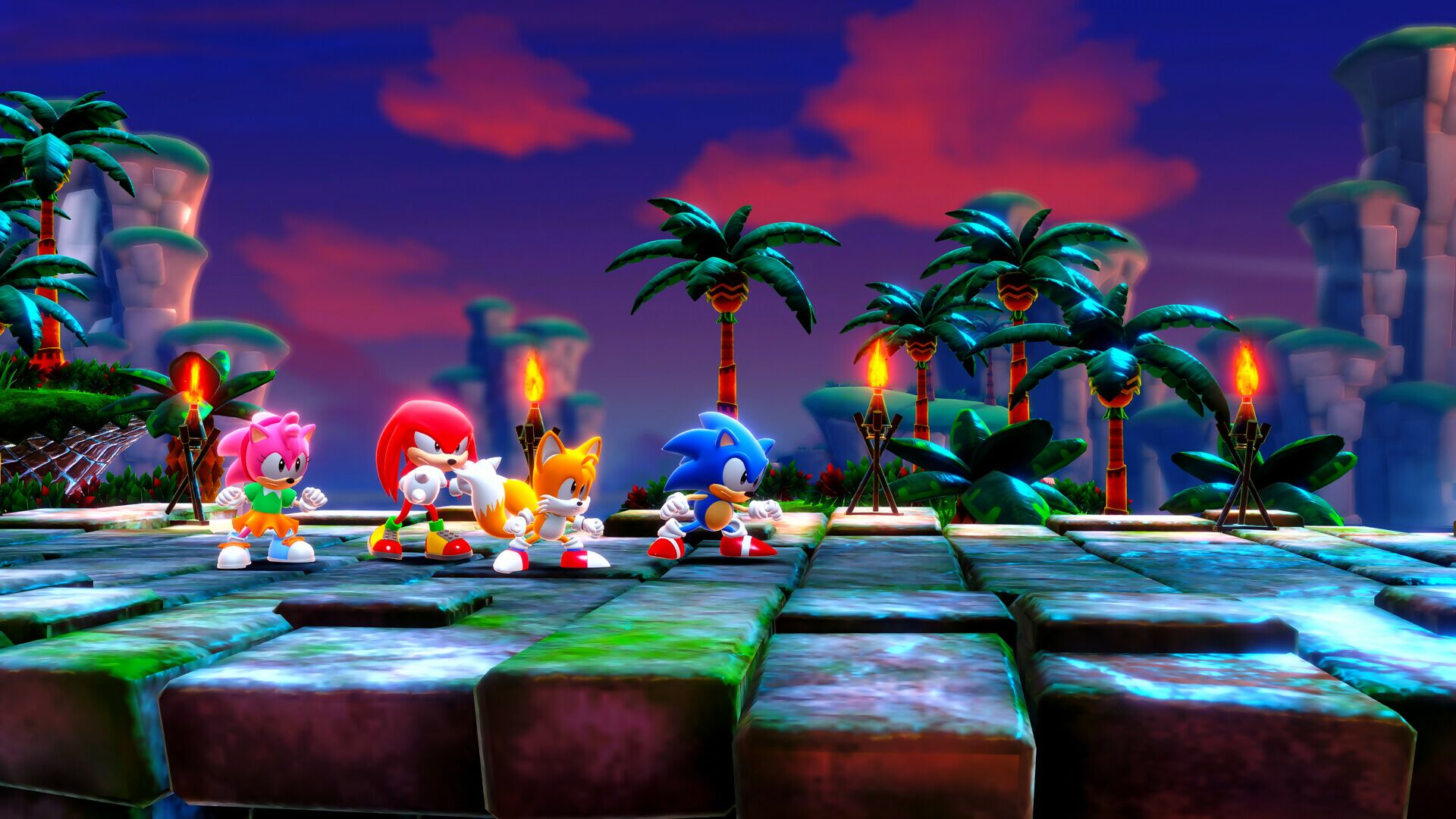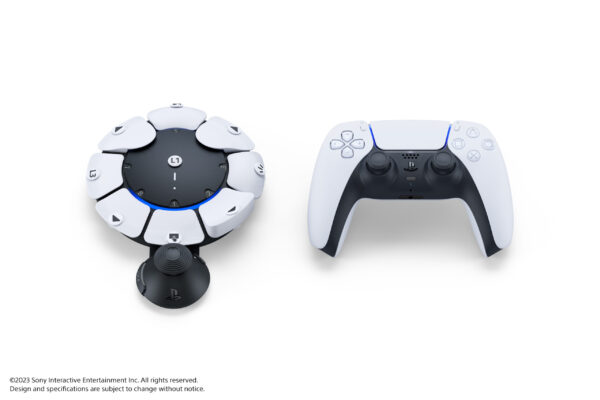
The upcoming 2D Sonic Superstars uses polygons because producer Takashi Iizuka doesn’t think pixel art is “a viable art style or presentation for our players.”
Despite the series’ pixel art origins, Sonic the Hedgehog’s future lies in polygon-based 3D models. At least, that’s according to Sonic Team boss Takashi Iizuka, who’s also the producer of the upcoming Sonic Superstars.
A return to the side-scrolling 2D format of earlier Sonic games, and a deliberate contrast to last year’s free-roaming Sonic Frontiers, Sonic Superstars nevertheless eschews the sprites of the 1990s Sonic games or the much-loved 2017 throwback, Sonic Mania. And there’s a reason for this: Iizuka has said, in an interview with Games Radar, that he and his team are thinking about the next decade or two of Sonic games, and have concluded that pixel art won’t be “a viable art style” in the future.
“We look at the pixel art – it’s great – but when we think about 10-20 years in the future, we don’t think it’s going to be a viable art style or presentation for our players,” Iizuka said. “And in order to advance and really step things up, we did want to make sure that we’re presenting something that 10-20 years down the road we’re still evolving and creating new content for.”
It’s worth noting that there’s some ambiguity here. Is Iizuka talking about pixel art in fashion terms, in that players will see the form as outmoded in a decade or so’s time? Or is he talking about pixel art from a technical standpoint, with 3D assets easier – and more cost-efficient – to share between different types of Sonic game?
“Both” is the possible answer. Iizuka talks elsewhere about Sonic Team continuing to produce a mixture of 3D and 2D games in its flagship series over the coming years. “When we talk about the brand, we definitely need to have a modern Sonic 3D game,” Iizuka said. “We also feel we need to have a classic Sonic 2D game. Those are our fundamental pillars that we need to have. We’re expanding into movies and TV, but we still need to have both the 3D and the 2D line up for our gaming audience.”
If Sonic Team is going to keep producing alternating 2D and 3D titles like Sonic Frontiers and Sonic Superstars in the coming years, it may well have concluded that sticking to polygon-based assets makes more sense, both for budgetary reasons and for visual consistency.
But Iizuka has also said before that 2D games using pixel art are for a particular “core audience” – in a July interview with Game Informer, he said that “3D assets” give Sonic Superstars “that current look.”
Read more: Yuji Naka | Sonic the Hedgehog creator gets $1 million fine and suspended sentence
Iizuka’s words do appear to be the final nail in the coffin for any kind of sequel to Sonic Mania. Reports emerged in 2021 that Sonic Mania 2 had been in the works, but the project was ultimately dropped. Interestingly, Sonic Mania programmer Christian Whitehead told Game Informer that his proposed sequel, made in conjunction with PagodaWest Games, HeadCannon and his own studio, Evening Star, would have moved away from pixel art and used “something fresh, like hand-drawn 2D or 2.5D.”
Whitehead added that Sonic Mania 2 never proceeded past a few initial conversations with Sega, while Iizuka, in the same Game Informer piece, said that Sonic Mania nevertheless had an impact on Sonic Superstars’ direction.
“There was a period after the development of Sonic Mania when we worked with them to consider concepts for the next generation of Classic Sonic,” Iizuka said. “It’s too bad that it didn’t become a finished game. Still, I’m pleased that the next generation of Classic Sonic that we talked about with them has been achieved with Superstars.”
Sonic Superstars is due for release on 17 October for PC, Switch, PS4, PS5, Xbox One and Xbox Series X/S.





